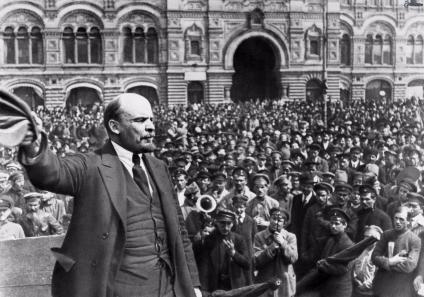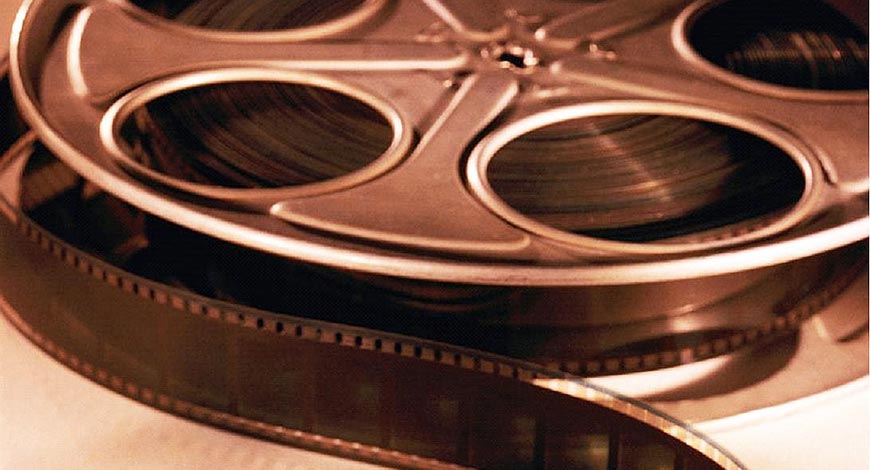Watch ‘The Fortune Teller’ here:
https://web.microsoftstream.com/video/f1129654-b57b-4d15-9a67-8aa41b6570e5
Watch ‘The Fortune Teller’ here:
https://web.microsoftstream.com/video/f1129654-b57b-4d15-9a67-8aa41b6570e5
Whiplash is a film that includes many elements of the editing style from Soviet Constructivist Cinema. For example it uses many methods of Eisenstein’s methods of montage.
Throughout the film it uses rhythmic editing:


Metric montage: (rapid)
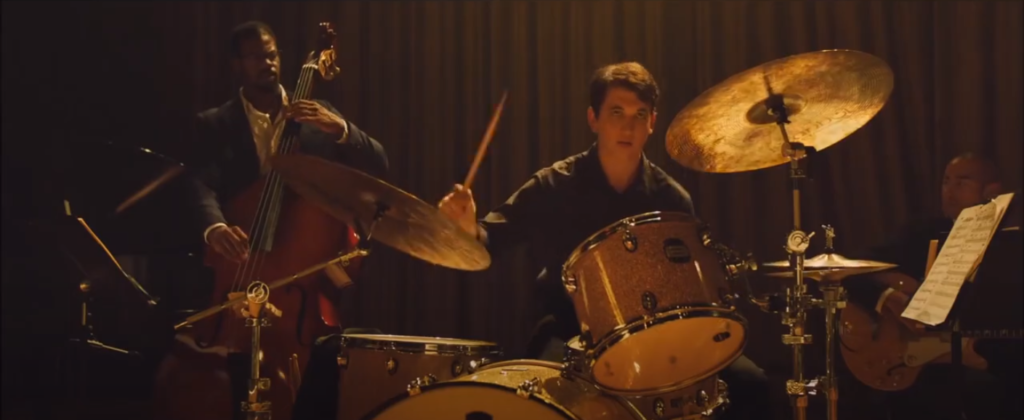
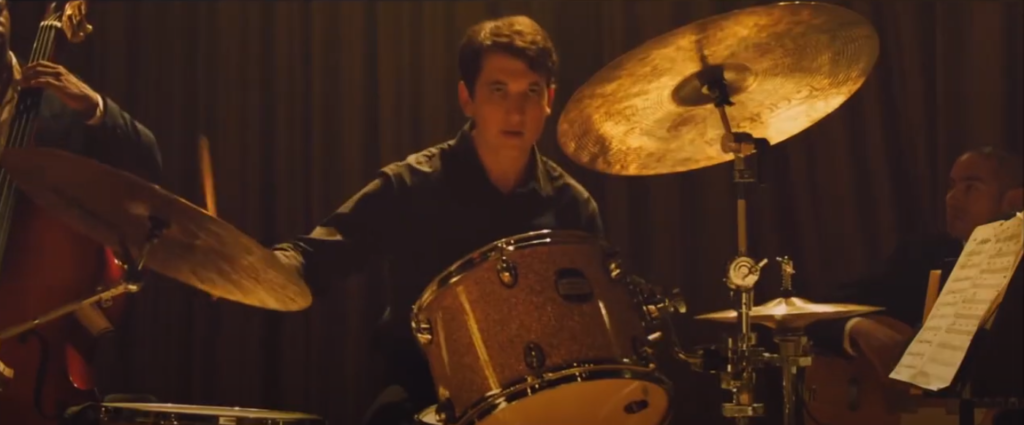
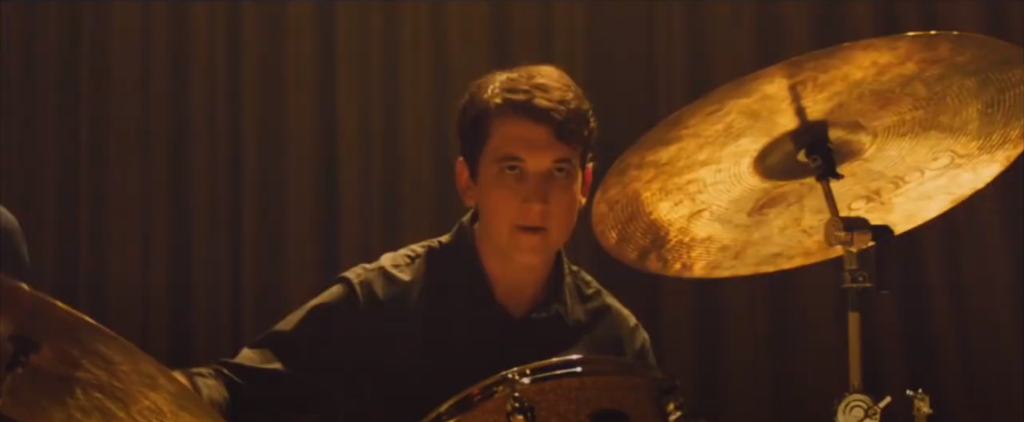
Tonal montage:
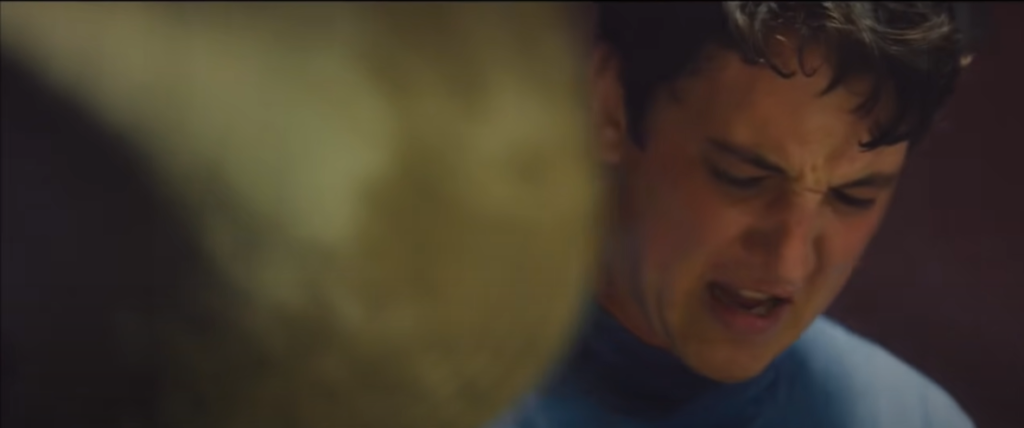
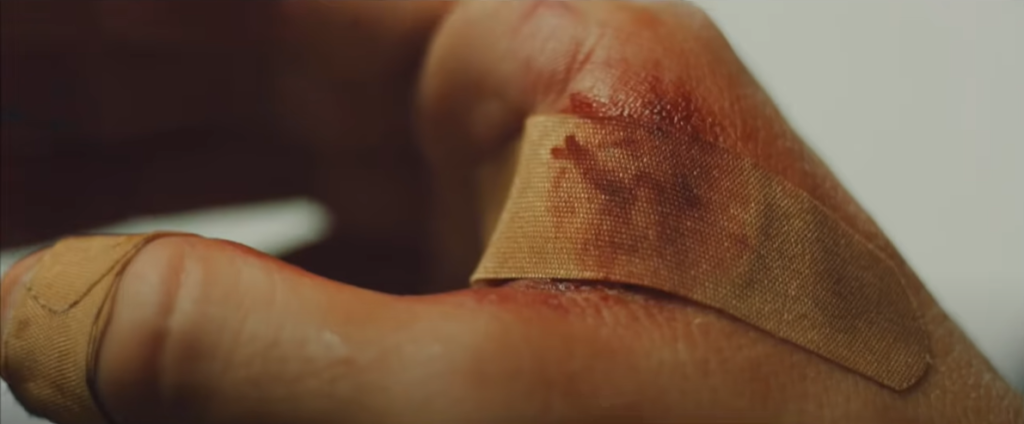
The film also uses the Kuleshov effect



Establishing Shot
An establishing shot within a film sets the location for a specific section of the narrative.

In this case, this shot of the outside of my house sets a narrative inside the building.
Medium Shot
A medium shot shows both a character and their surroundings, which allows them to interact with the environment and give audiences a better sense of the space the narrative is currently running in.
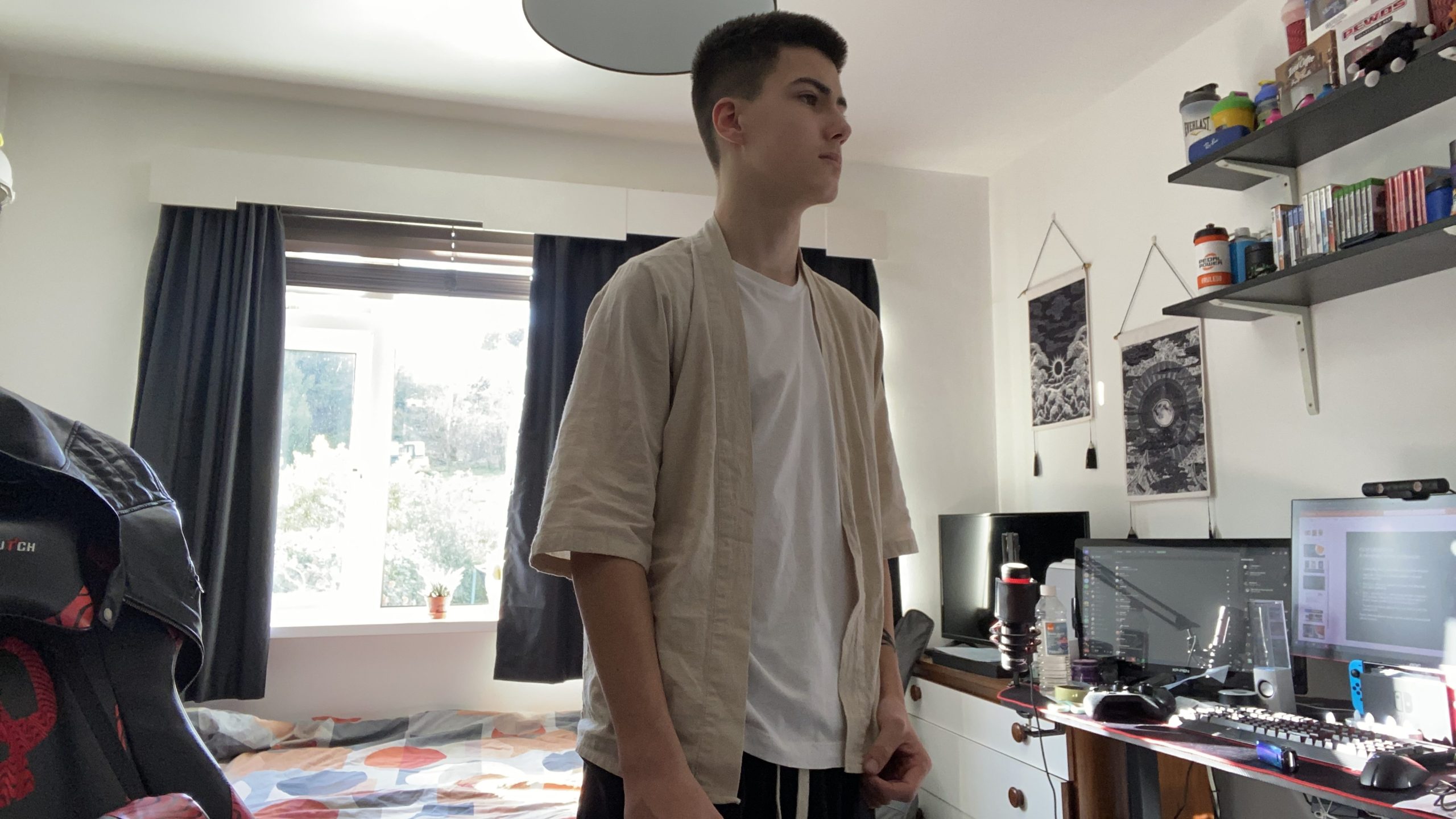
This shot of me, for example, shows me in my bedroom, showing off, my positioning, my facial expression, and the environment surrounding me. This gives audiences good insight into the casual setting of my room, and provides context to what kind of person I might be.
Close Up
A close up shot is often used to show what a character is thinking in higher detail, and can also be used to conceal what’s behind the camera, such as what the character might be looking at. It keeps the shot very focused on the character and their personal experiences rather than the world around them.

In this shot of me, it is clear in my facial expression that there’s a slight confusion in my face, which leads the audience to believe that I’m looking at something that doesn’t seem quite right, which provides interest into what happens next.
Shot-Reverse-Shot
Shot-reverse-shot is a technique where two separate shots are used to create a link between them, often with a character’s eyeline to show what they’re looking at to the audience.

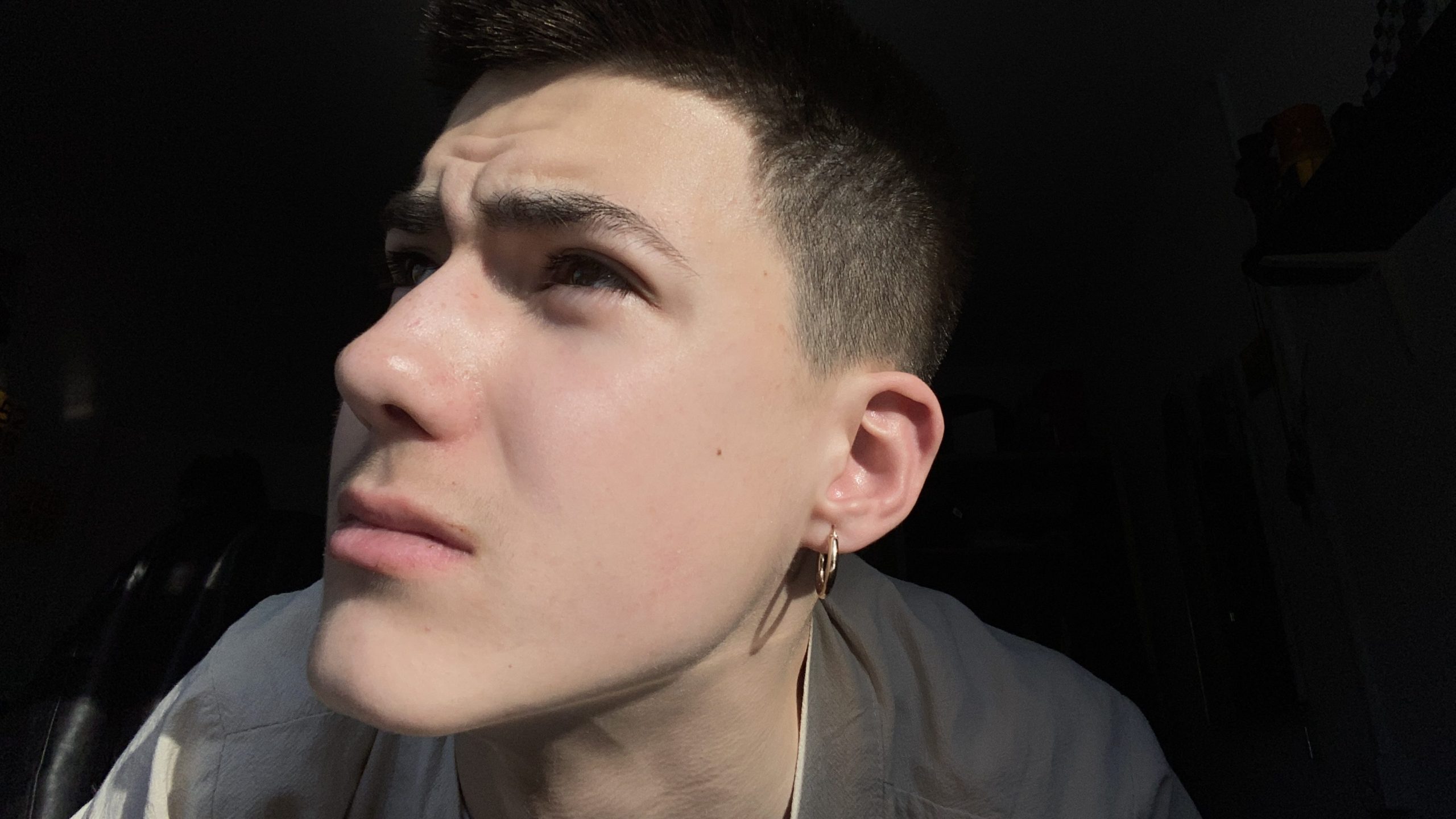
With this shot, you can see me looking off into the distance, and then a shot of the view from my window. This gives an audience more context to the placement of the characters and to what’s happening in the narrative.
Blade Runner (1982)
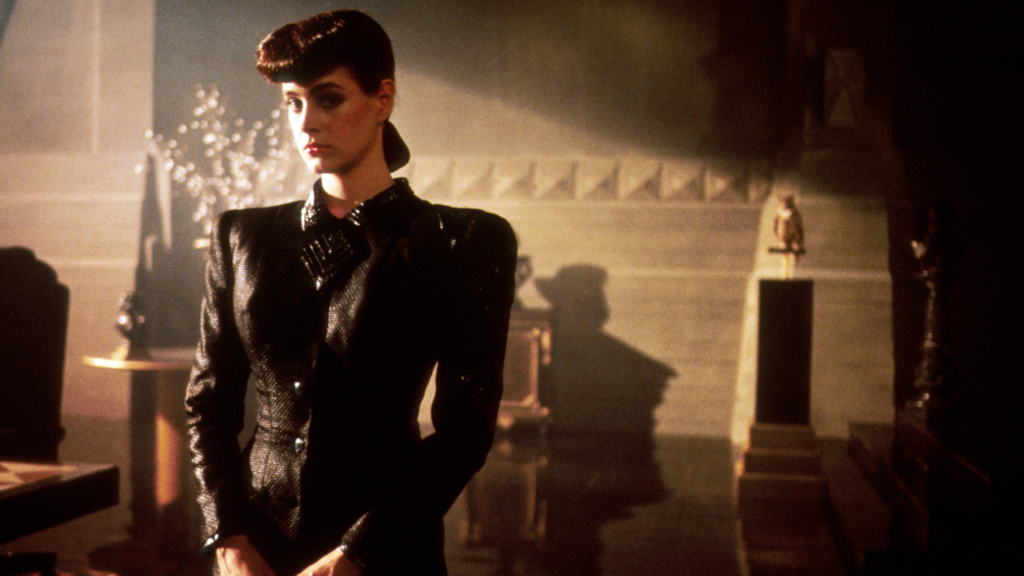
The influence of classic Soviet constructionist cinema on Blade Runner is evident in its visual style, design, and editing techniques, which help to create a futuristic, dystopian world that is both mesmerizing and imposing on an audience.
Ridley Scott, the film’s director, used the works of Soviet Constructionist filmmakers such as Sergei Eisenstein and Dziga Vertov as inspiration for the film’s visual style, in particular, the use of monumental industrial architecture, strong geometric shapes, and stark contrasts between light and shadow in the film’s sets, reminiscent of the visual conventions of Soviet constructionist cinema.
Additionally, the use of montage in Blade Runner is also influenced by Soviet filmmaking techniques, using quick cuts and juxtapositions to create a sense of disorientation and fragmentation, similar to the techniques employed by Soviet filmmakers to create a heavy sense of dynamic movement and energy.
Tron: Legacy (2010)
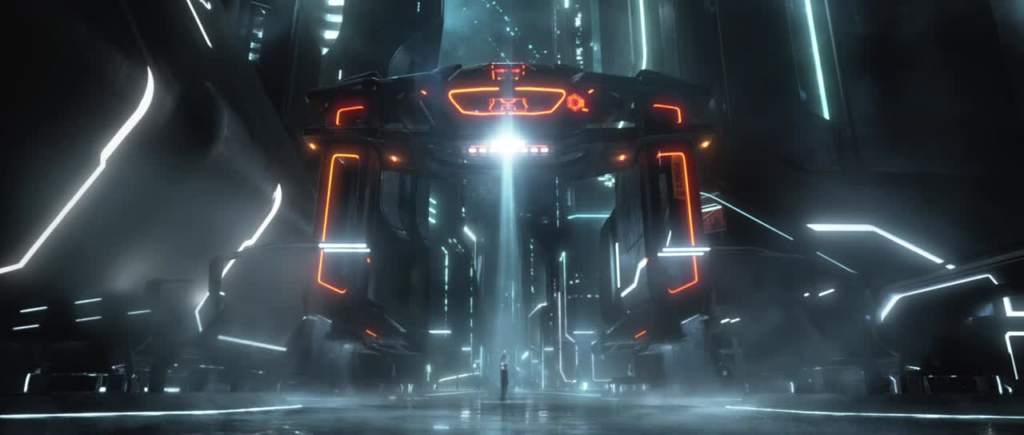
Tron: Legacy is a perfect example of how the principles of Soviet constructivism have continued to influence modern-day cinema, particularly in the genres of science fiction and fantasy.
The film’s director, Joseph Kosinski, took inspiration from Soviet constructivist artists such as El Lissitzky and Alexander Rodchenko for the film’s visual style. Kosinski’s use of neon colors, geometric shapes, and clean lines establishes a very clear connection to the roots of Soviet Constructivist cinema.
Kosinski also drew inspiration from the conventions of Soviet constructivism, particularly in his use of modular design and simple, functional forms. The film’s sets, costumes, and vehicles all reflect various iterations of Soviet constructionist designs, with sleek, angular shapes and use of bold geometric patterns.
In addition, the film’s visual effects, created using a combination of live-action footage and computer-generated imagery, also display the influence of Soviet Constructivist art. The film’s use of digital light and shadows, combined with its sleek, minimalist design, create a futuristic, stylised environment that clearly displays the effect of Soviet Constructionism on the final project.
Metric Montage
Requiem for a Dream (2000)

This montage within Requiem for a Dream uses metric montage to recreate the disorienting experience of taking drugs, using only nine frames for each shot, giving the scene an almost psychedelic factor to it.
It adds more weight to the tone of the scene, and gives an audience more insight into the character’s experience so they can further relate to their issues as the narrative progresses.
Rhythmic Montage
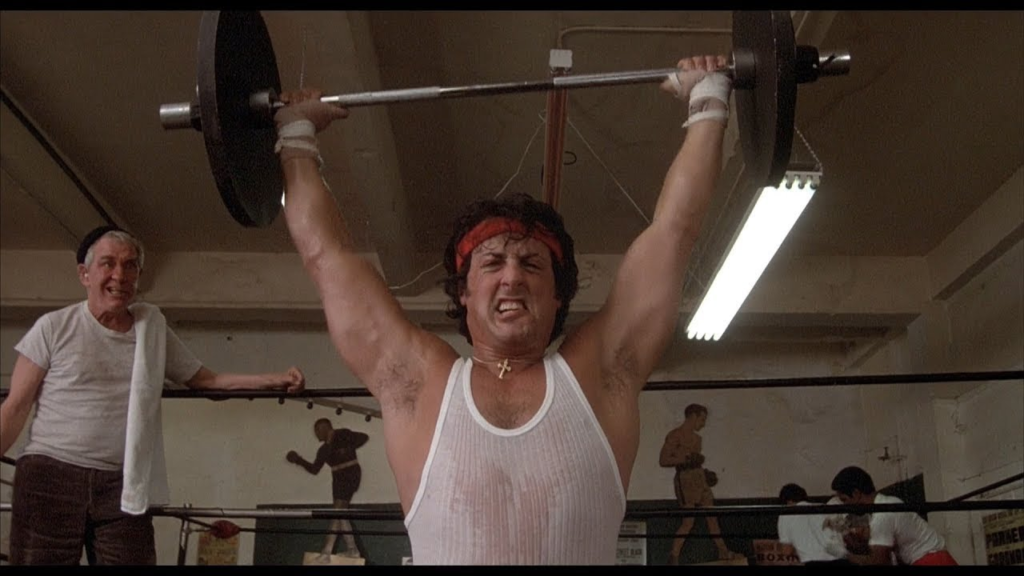
The iconic montage from Rocky II (1979) uses the technique of rhythmic montage to form links between the triumphant soundtrack and each shot. With a heavy use of match-on-action cuts, it connects the intense exercise with the intense emotions Rocky feels as he trains, which shows his progress to the audience as he grows in strength.
Tonal Montage

This scene from The Revenant (2015), uses tonal montage to connect ideas of one of the character’s vapour from his breath with a smoking pipe and a foggy sky. Tonal montage is often used to connect shots with emotions or aesthetics, much like the Kuleshov effect.
Over-Tonal Montage

Overtonal montage is used in the Disney Pixar film Up (2009), to stir poignant emotions in an audience early on into the film, to help them understand the reasoning for Carl Fredericksen’s cold demeanour. The use of repetition in this montage shows Carl and his wife, Ellie, happily together in their youth, and juxtaposes it with Ellie’s fall before she passes away.
Overtonal montage is often used to amplify the mood of a scene even further, by using colour and contrasting ideas to exhibit this.
Intellectual Montage

Intellectual montage is the act of placing two shots together in the hopes of connecting them with an intellectual concept, such as in Eisenstein’s 1925 film Strike, where he places shots of workers being killed next to shots of a bull being slaughtered in a montage format. This creates the ideology that the workers are being treated like animals – killed once their purpose has been served and cast to the side. This example was used in Strike as a propaganda piece, to rile up audiences and giving a means for action to be taken.
Kino-Eye (1924)

This documentary promoting the joys of life in a Soviet village centres around the activities of the Young Pioneers.
The Eleventh Year (1928)

An interesting commemoration of the 11th anniversary of the revolution.
The Diplomatic Pouch (1927)

Soviet silent thriller film directed by Oleksandr Dovzhenko. The first two parts of the film are lost.
one film that is heavily inspired by the German Expressionist movement is Tim Burton’s Nightmare Before Christmas. This can be seen in the character designs and the set design throughout the film.

another film that is inspired by the German Expressionist movement is Tim Burton’s Frankenweenie, this can also be seen through the character design but also because the film is in black and white.

Since 1986 the school has been named after the film director and actor Sergei Gerasimov. The Gerasimov Institute of Cinematography is the oldest ever film school, with full technical equipment for the production of films and videos. It remains one of the most prestigious film schools in the world. The school has includes courses in areas such as animation, television, and video games.


The basic stylistic conventions of Constructivist art included the use of abstract geometric constructions/shapes, arranged in a space or surface in harmonious order. Constructivist painters rejected bright, colourful palates and experimented with the effects of light and movement. It was to reflect the industrial world of Russia and a tool for the pushing of the communist revolution.
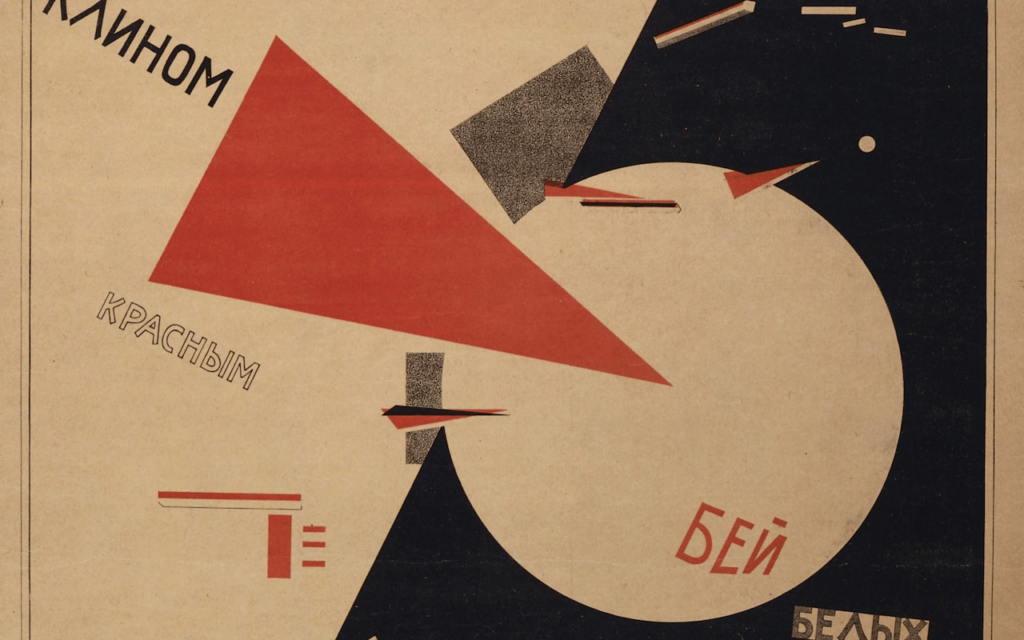
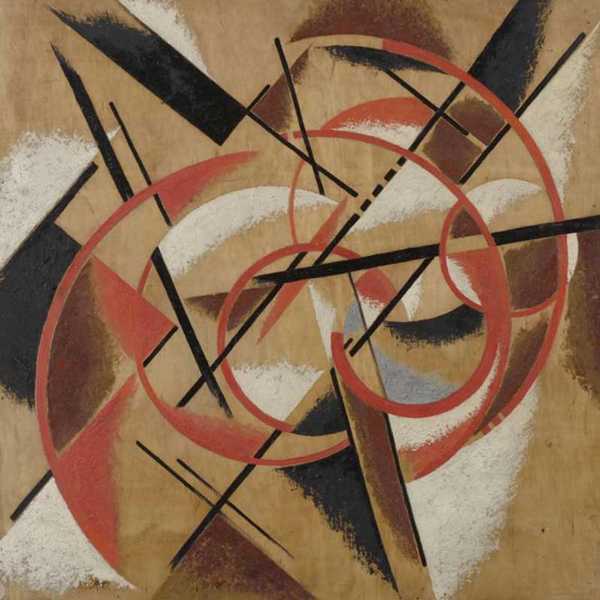
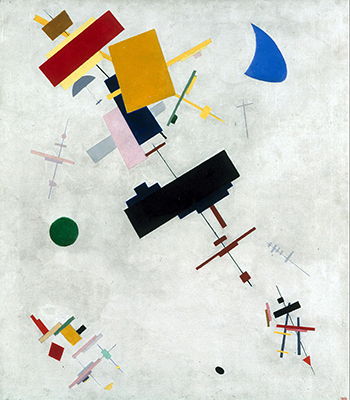
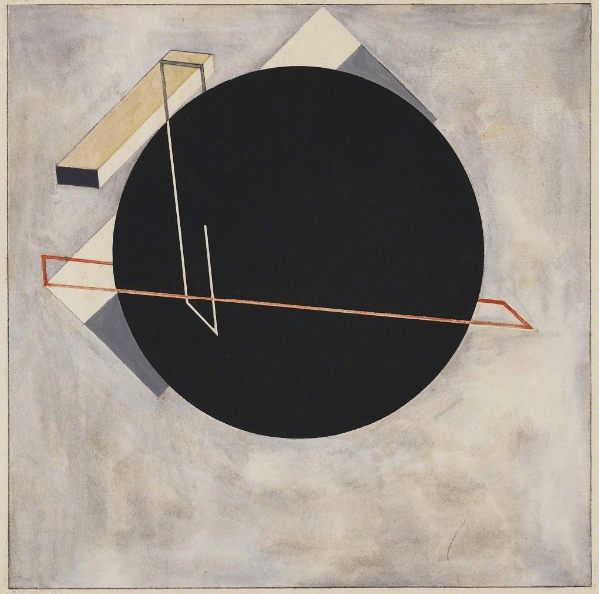
Explain how the political, social and economic upheaval created by the aftermath of both the Russian Revolution and WW1 affected the production and content of classic Soviet Constructivist Cinema.
Cinema in pre-Soviet Russia was a neglected subject and was often actively suppressed. When Russia joined WW1 in August 1914, foreign films could no longer be imported and propaganda was the only form of film being produced. After the 1917 revolution and with the Bolsheviks in power, Lenin thought film was the best way to unify the population due to its power to communicate by mass distribution, effectively.
However, after WW1 most of the producers had fled to Europe, destroying their studios as they left and taking their equipment and film stock with them. A foreign blockade prevented the importation of new equipment or stock and with Russia in economic decline due to the effects of war, there was no facilities for manufacturing new stock either. However, the government still founded a professional film school in Moscow to train directors, technicians, and actors for the cinema, named VGIK. Initially it trained people in the production of agitki, existing newsreels reedited for the purpose of propaganda. Most of the great directors of the Soviet silent cinema were trained in that form, although, having very little technical equipment and no negative film stock, they were often required to make “films without celluloid.”
